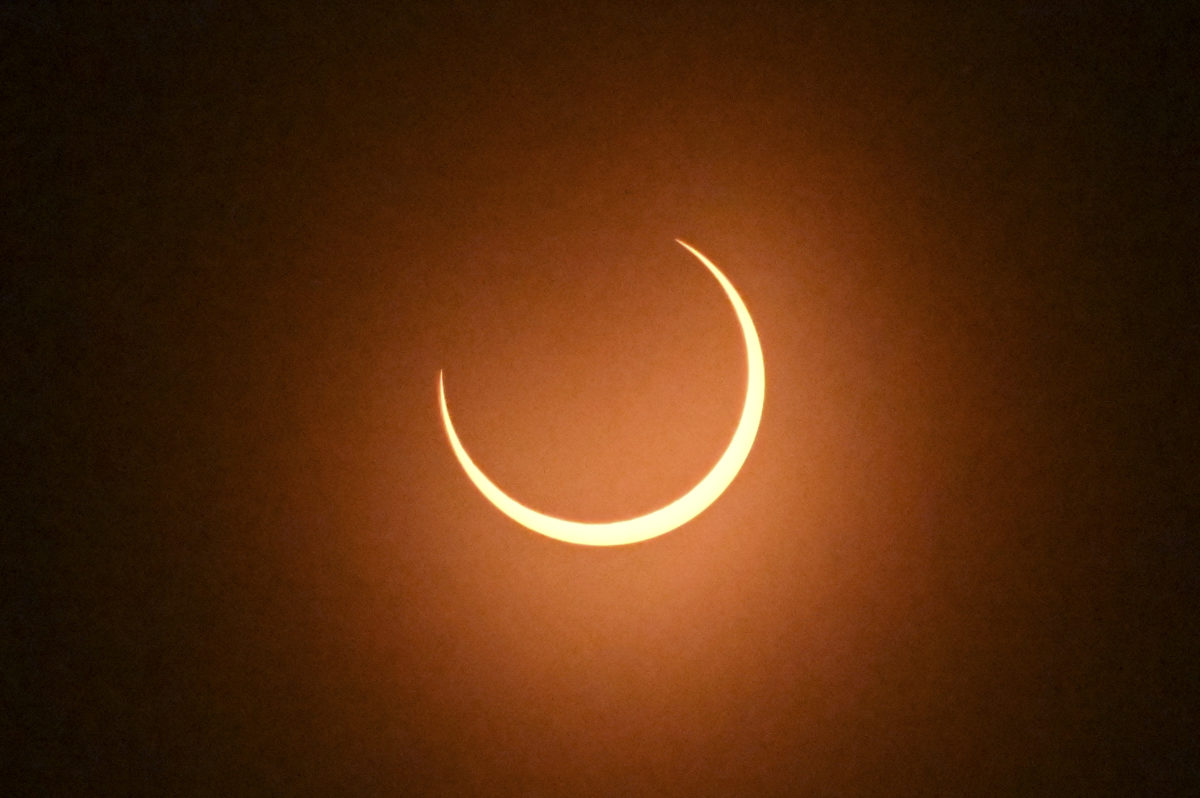Cosmos Ring of Fire 10-14-23
Cheers erupted among crowds in Oregon and New Mexico on Saturday as a rare “ring of fire” eclipse of the sun that had millions across the Americas waiting with anticipation began putting on a spectacular show.
With the presence of cloudy skies, a NASA livestream of the phenomenon reported it in Eugene, Oregon, shortly after 9:15 a.m. local time. This came over an hour after a partial eclipse set in.
For the small towns and cities along its narrow path, there was a mix of excitement, worries about the weather and concerns they’d be overwhelmed by visitors flocking to see the celestial event, also called an annular solar eclipse. Clouds and fog threatened to obscure the view of the eclipse in some western states, including California and Oregon.
As totality began in Eugene, Oregon, oohs and ahs combined with groans of disappointment as the eclipse was intermittently visible, the sun’s light poking through the cloud cover from behind the moon only at times.
In New Mexico, the sky was crystal clear, giving tens of thousands of spectators an unfettered view. They got a double treat since the eclipse coincided with an international balloon fiesta that draws close to 100,000 spectators for early morning mass ascensions of hundreds of colorful hot air balloons.

The moon crosses in front of the sun during the annular solar eclipse on October 14, 2023, as seen from the Astronomical Observatory of the National Autonomous University of Honduras (UNAH) in Tegucigalpa. (Photo by Orlando SIERRA / AFP) (Photo by ORLANDO SIERRA/AFP via Getty Images)